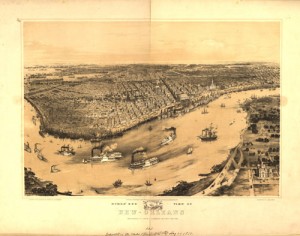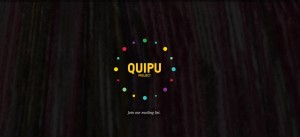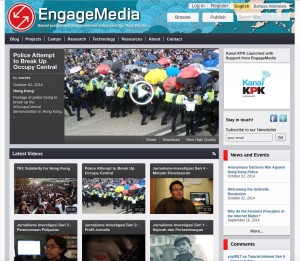My research project for this semester revolves around the Grimm Brothers and their famous collection of fairy tales. I’ve chosen the Grimm Brothers’ collection as my subject for several reasons. First and foremost, these stories are everywhere in our culture. Disney movies, bedtime stories, musicals, etc. constitute the childhoods of American kids everywhere. Everyone knows the story of Cinderella, but they don’t know the story exactly how it was written, and I believe that it is important to highlight the differences between what media has made the Grimm Brothers tales and what they actually were written to be. I would love to do this in both English and German. The goal is to create an accessible, chart-like interface that has hyperlinks that lead to paragraphs of information (in German and English and whatever other languages we choose to use) related to the word or phrase that is hyperlinked.
I have seen similar projects on the University of Pittsburgh website and on a pathfinder website dedicated solely to educating teachers that wish to incorporate the Grimm Brothers in their curriculums. However, the University of Pittsburgh’s website only shows links to electronic texts for each tale. Similarly, the pathfinder website provides summaries of different books and films relating to the Grimm Brothers, but there is no exploration into the meanings or themes of each. Furthermore, neither project has an interface that is as versatile or easy to use as I plan for mine to be. University of Pittsburgh just has a list of links and little snippets of information. The weebly website has four links across the top that lead to materials for different grade levels for each teacher visiting the site.
My project is different than the aforementioned projects. It is a transmedia storytelling project on the topic of the Grimm Brothers and their assortment of fairy tales. Transmedia storytelling is a method that explores literature and all of its adaptations. In my case, I’d like to explore the film, board game, and live performance adaptations of the Grimm Brothers fairy tales and show how they differ and build on one another. This project is important for several reasons. It can be used as a tool for teaching about the Grimm Brothers, since it will list all of the different adaptations and why they are important. Secondly, it can be used for collaboration in the future. Right now, I plan to incorporate English and German adaptations. However, there could be adaptations in other languages that I’m not capable of reading or understanding. Finally, should the project go as planned, it would be the most comprehensive resource and the resource with the easiest interface to use on the subject. It is also important for me to incorporate German because that is the language that the stories were written in.
Note: Hayley has been accepted to give a presentation about her project at the Undergraduate Network for Research in the Humanities conference in November.






